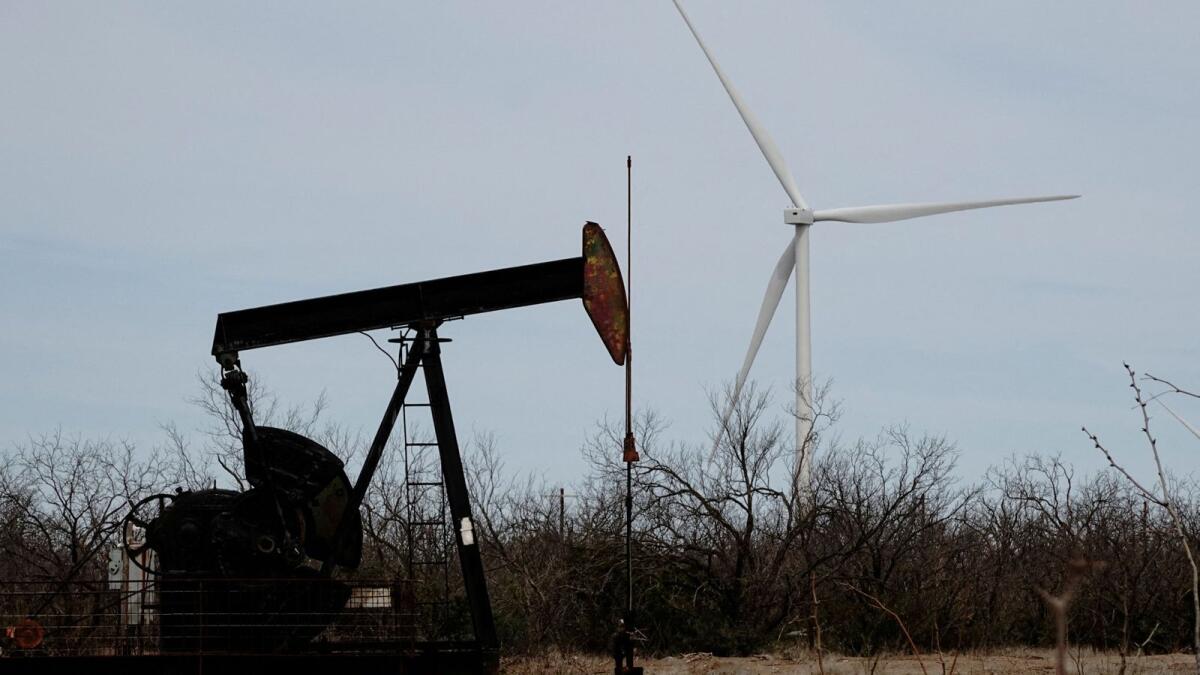In recent research, it has been suggested that oil markets will continue to face soft demand in 2025. Major economies are expected to experience weaker growth, and factors such as the increasing adoption of electric vehicles are likely to further impact oil demand. Opec+ has limited room to add barrels back to the market due to declining demand and the continuous growth of non-Opec+ supply.
Opec+ members may hesitate to restrain production if it results in a loss of market share without price support. As a result, oil markets are predicted to swing into a surplus in 2025, leading to a decline in oil prices. The report by Emirates NBD Research forecasts Brent futures to average $73 per barrel and WTI to average $71 per barrel in 2025.
The global economic slowdown in 2025, particularly in major economies such as China and the US, will contribute to the flat-lining oil demand. While India is expected to show stronger oil consumption growth, other regions like Europe and Japan are likely to experience a decline in demand for transport fuels. Opec+ producers face challenges in 2025 as they struggle to restore production and recapture market share amidst diminishing global demand.
The report also indicates that the amount of oil Opec needs to produce to balance the market is expected to decrease in 2025. An oil market surplus of more than two million barrels per day could have a detrimental impact on oil prices. Opec+ is planning to gradually increase production in 2025 to prevent further loss of market share, but maintaining adherence to production targets remains a challenge.
Apart from subdued demand, non-Opec+ production will also pose a challenge to oil prices in 2025. Increased oil production is projected in the US, Brazil, Canada, and Guyana, contributing to non-Opec+ supply growth. Upside risks to oil prices include geopolitical tensions and unexpected growth in demand, while the major downside risk is the potential fragmentation of the Opec+ alliance, leading to a market share battle and price decline.
In conclusion, the oil market is expected to face continued challenges in 2025 due to soft demand, increasing production from non-Opec+ countries, and the potential for a surplus in the market. Opec+ will need to carefully manage production levels and market dynamics to maintain stability and prevent a significant decline in oil prices. Geopolitical factors and unexpected changes in demand could also impact oil prices in the coming year.











